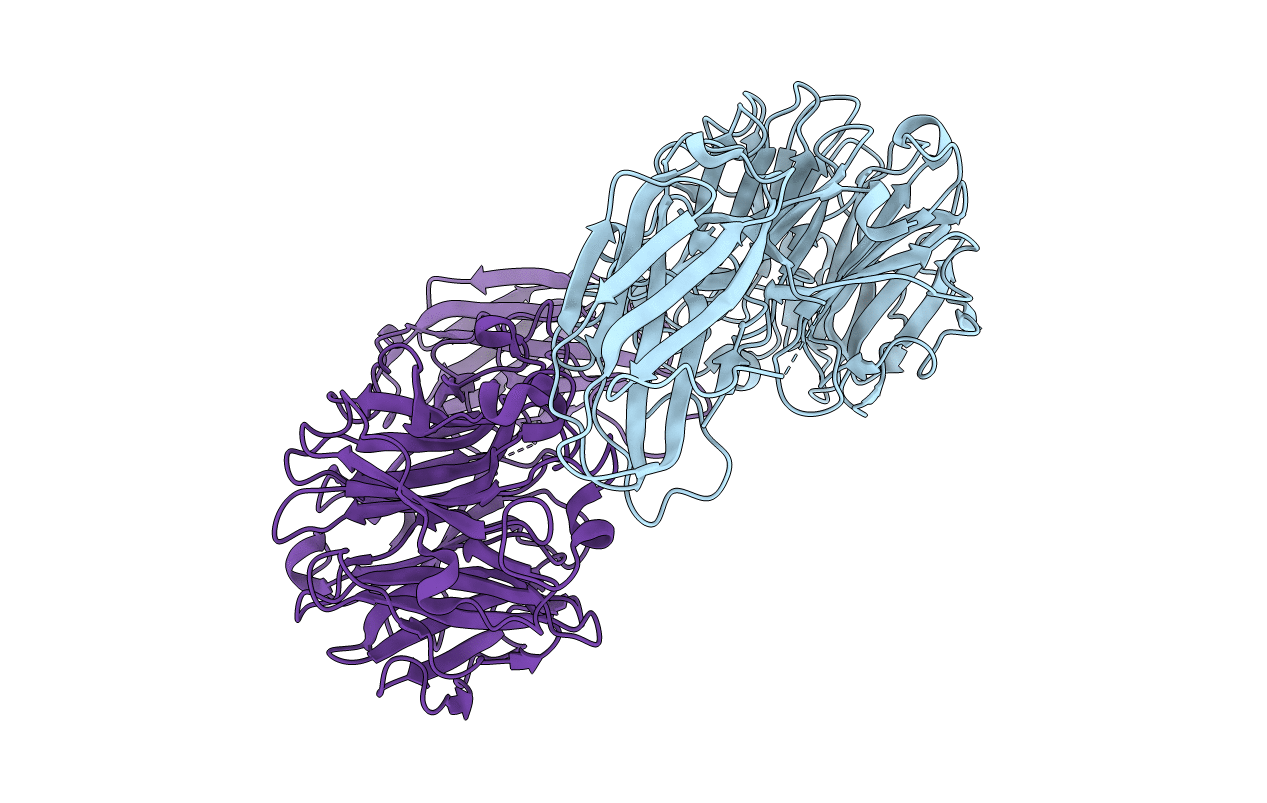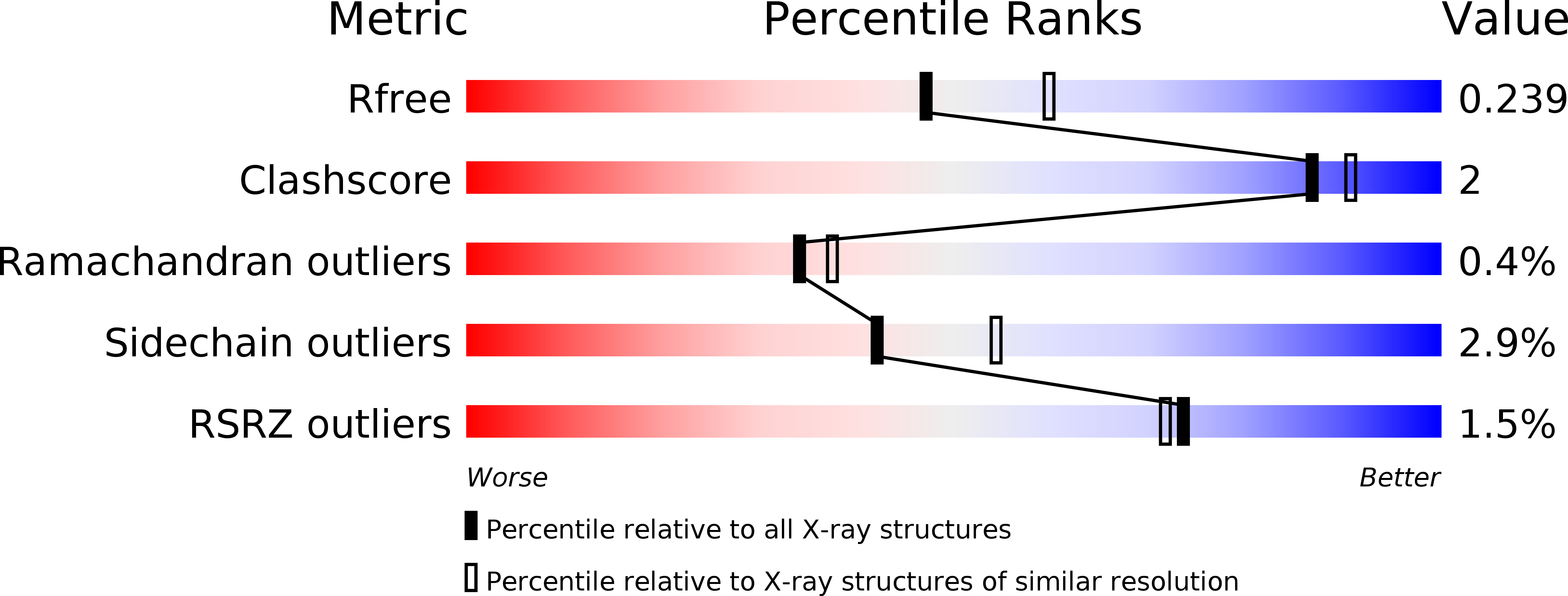
Deposition Date
2018-10-01
Release Date
2019-10-02
Last Version Date
2023-10-11
Entry Detail
Biological Source:
Host Organism:
Method Details:
Experimental Method:
Resolution:
2.20 Å
R-Value Free:
0.23
R-Value Work:
0.21
R-Value Observed:
0.21
Space Group:
I 2 2 2


